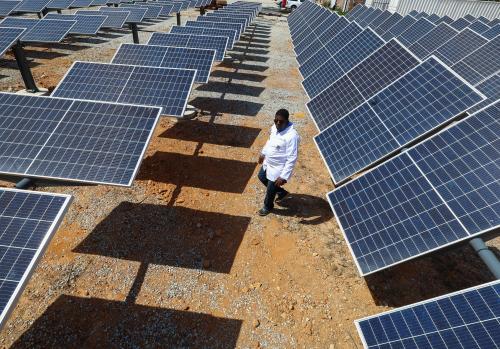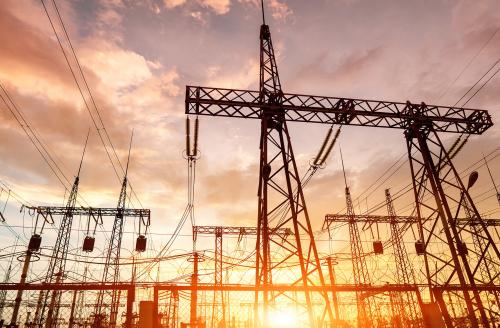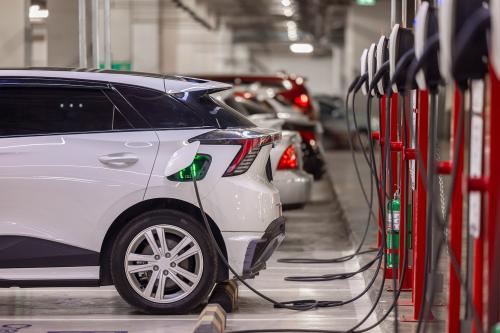The adoption of the Sustainable Development Goals (SDGs) and the Paris agreement on climate action present a unique opportunity to set the world on a path towards better and more sustainable development outcomes. Delivering sustainable infrastructure at scale lies at the heart of this agenda. Infrastructure is a major driver of growth and inclusive development. Delivered in more sustainable ways, it is also key to tackling climate change, as it currently accounts for around 60 percent of the world’s greenhouse gas (GHG) emissions. This means investing more, and better, in renewable energy, cleaner transport, efficient and resilient water systems, and smarter cities.
The world will need to invest upwards of $6 trillion annually in sustainable infrastructure in the next 15 years, more than double the current level. As much as three-quarters of the incremental investment will need to take place in emerging and developing economies, with the largest part in middle-income countries. This presents a great challenge in mobilizing resources and better integrating climate sustainability in infrastructure. Strong and concerted actions will be needed across public and private sectors, and at national and international levels, including important transformations in the way infrastructure investment is developed, financed, and implemented. More than half of the financing will need to be mobilized from the private sector.
Public policy has a central role to play in meeting this challenge, both because the public sector itself is a major investor in infrastructure and because public policy provides signals and sets the regulatory and institutional framework that influence the actions of private investors and consumers. Soundness, clarity, and credibility of public policy are especially important for infrastructure investments, given their longevity, public good characteristics, associated externalities, and inevitable and intimate links to government policies. There are four key roles for public policy:
-
- Articulating national strategies for sustainable infrastructure. Sustainability must be fully integrated in national strategies and plans; addressing one group of projects at a time will not do. The G-20 can provide leadership in setting out clear and coherent national strategies for sustainable infrastructure, linked to intended nationally determined contributions (INDCs) announced ahead of the Paris meeting. National infrastructure strategies should in turn be embedded in overall national investment and growth strategies and macroeconomic frameworks.
-
- Improving the policy environment. In getting prices right to shift incentive structures towards low-carbon infrastructure, the highest priority attaches to removal of fossil-fuel subsidies and implementation of carbon pricing. To attract more private investment, policy risk and costs of doing business must be reduced. Improvement of policy frameworks and financing mechanisms for public-private partnerships (PPPs) needs particular attention, as this will be an increasingly important investment modality.
-
- Strengthening public investment management. Public investment has in general been on a declining trend, exacerbating infrastructure gaps. This trend must be reversed. Also, public investment in research and development (R&D) in sustainable infrastructure should be boosted. Public investment management capacities will need substantial enhancement. Strengthening project pipelines is a priority, including incorporating sustainability criteria in project preparation, public procurement, and PPPs.
-
- Mobilizing financing. Governments must expand their own fiscal space, through tax and expenditure reform and better use of balance sheets, as well as find innovative ways to leverage more private finance and lower its cost. Carbon pricing and improved property taxation in particular have the potential to raise substantial revenue as well as improve the tax structure. With the large role of urban areas in sustainable infrastructure, subnational fiscal reform should empower cities. Through risk mitigation and other instruments, development capital (both traditional development assistance and new climate finance) should be used in ways to achieve more leverage. Multilateral development banks (MDBs) have a key role in this regard and their capacities will need to be boosted. Promoting infrastructure as an asset class will help unlock financing from the large pools of savings held by institutional investors. Middle-income countries in particular should step up efforts to develop domestic capital markets.




